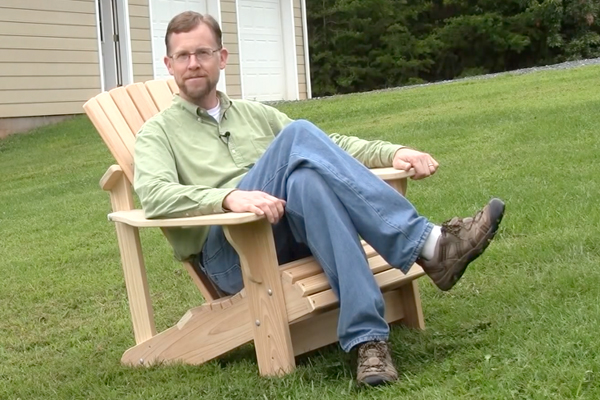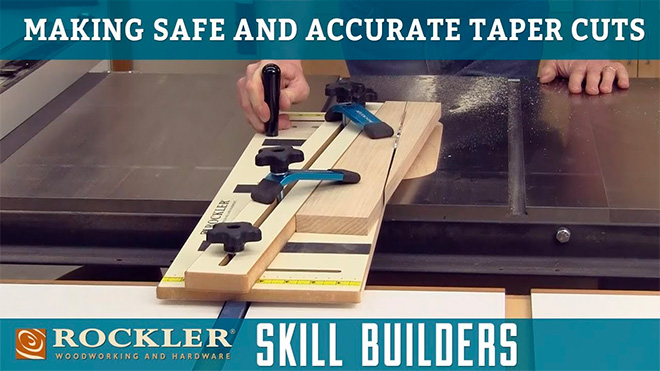 The idea of inlay as a decorative addition to woodworking is as old as woodworking. And yet it is a technique that is often ignored or just not thought of. As I have been learning to use the new Shaper Origin lately, its self-guided routing aspect has inspired me to do a bit more inlay. I’ve done “fake” inlay with it — filling a groove with colored epoxy. (I was super happy with how that turned out.) I’ve inlaid 1/8″ hardwood shapes that I cut with the machine and the pockets they fit into. That was a bit harder for me.
The idea of inlay as a decorative addition to woodworking is as old as woodworking. And yet it is a technique that is often ignored or just not thought of. As I have been learning to use the new Shaper Origin lately, its self-guided routing aspect has inspired me to do a bit more inlay. I’ve done “fake” inlay with it — filling a groove with colored epoxy. (I was super happy with how that turned out.) I’ve inlaid 1/8″ hardwood shapes that I cut with the machine and the pockets they fit into. That was a bit harder for me.
Before the Shaper Origin I actually did inlay the old-fashioned way. Mother-of-Pearl in guitar faces and fingerboards. Ivory from old piano keys in peg heads. And I liked doing it. But after a while, I just stopped.
So what about you? Is inlay a tool in your design toolbox? If so, why? If not, how come? I look forward to your comments!
Rob Johnstone, Woodworker’s Journal
![]()
Cutting Complex Inlays
![]()
Making an Adirondack Chair – Part 2
Part Two of our Adirondack Chair project. Installing the backrest and arm assemblies to complete this project.








